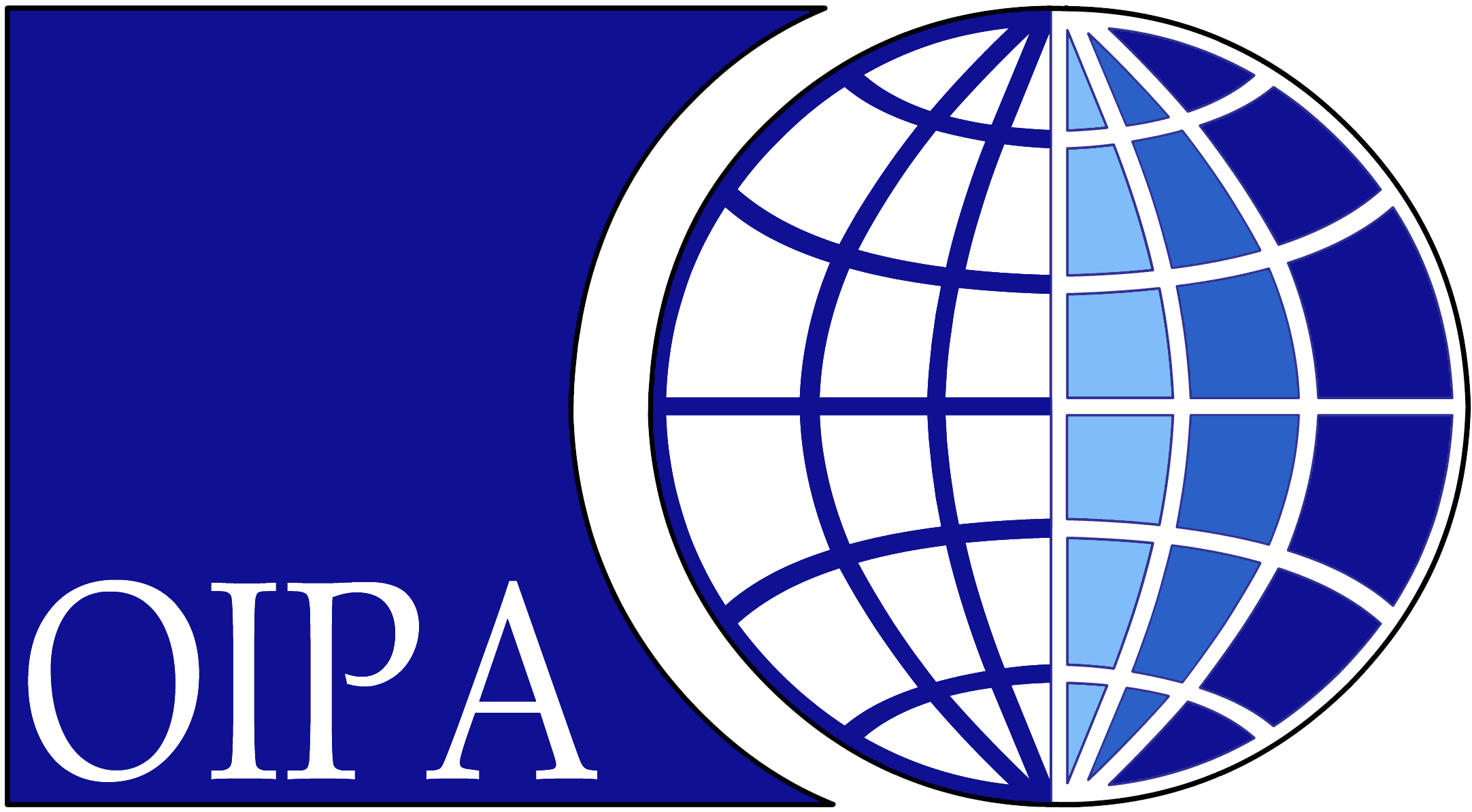Blog
Life Saving Injury Scheme ScrappedIn 2019, in a bid to curb the number of greyhound deaths associated with greyhound racing in Western Australia, Racing and Wagering Western Australia (RWWA) introduced a scheme to provide financial contributions towards the surgical repair and rehabilitation of injuries that occur at WA’s three greyhound racing tracks.
It is common knowledge, backed up by euthanasia statistics for greyhounds, that where an injury occurs to a greyhound, rather than provide veterinary and rehabilitation care for the dog, trainers and owners would routinely euthanise. Greyhounds that sustain broken leg bones — a common injury in greyhound racing — are often euthanised after races by racetrack vets based on avoidance of the surgery and rehabilitation costs that would be required to bring the dog back to full health. Euthanasia is after all, a significantly quicker and cheaper option, despite greyhound racing being “all about the dogs”.
The initiatives made available in 2019 were:
Greyhound Injury Surgery Rebate (GISR)
Under the Greyhound Surgery Rebate, if a greyhound sustains an injury on the track and meets the eligibility requirements, RWWA would offer a financial contribution to the trainer and owner for costs of veterinary treatment and rehabilitation. Under this scheme, the person responsible for the greyhound retains custodianship and must present the greyhound to a veterinary clinic for assessment and surgery in accordance with the directions issued by the on-track veterinarian.
Greyhound Injury Full Recovery Scheme (GIFRS)
Through this scheme, a trainer/owner may transfer custody of a greyhound to RWWA in the event of injury and the cost of both veterinary treatment and post-operative care is paid by the greyhound racing funding. Under this scheme the ownership of the greyhound is transferred to RWWA’s Greyhounds As Pets (GAP) program relieving the trainer and owner of any responsibility for their dog, resulting in a far greater uptake than for the GISR scheme.
The scheme covers only injuries to specific parts of the legs of greyhounds—including fractures to the hock, tibia and radius bones—but not the fibula bone in the hind leg or other parts of a dog’s body, such as the shoulder, back, or tail, which have been listed as sites of serious injury in racing records.
RWWA, despite being a state government agency, has a complete lack of transparency regarding funding and injuries and do not report on the source of funds for the scheme, the total cost of the scheme or the identity of participating veterinary practices, claiming release of this information is not in the public interest.
Free The Hounds has however monitored the schemes and found that since its introduction in 2019, 232 dogs have been accepted into the scheme, with 21 dogs euthanised and over 70 dogs still awaiting adoption. While the scheme has allowed RWWA to publicise its efforts to reduce euthanasia rates in greyhounds, it is struggling to cope with the resulting build-up of dogs awaiting adoption, with some dogs sitting in kennels for months, waiting for a loving home.
To relieve this pressure, the RWWA has announced a new, replacement scheme which will launch on 1st February 2024. The new scheme, the Greyhound Recovery Initiatives, offers funding for veterinary diagnosis and treatment and rehabilitation, but the ownership of the greyhound and all responsibility for its care is retained by the owner/trainer. The owner also retains responsibility for re-homing the greyhound. If this sounds familiar, that’s because it sounds exactly like the GISR, not a new scheme at all.
Free The Hounds is significantly concerned about the scrapping of the GIFSR scheme and the impact that this will have on euthanasia rates in greyhounds in Western Australia. Since 2017, Racing and Wagering WA have reported the number of greyhounds who have died during a race or euthanised at the track due to an injury sustained in a race in their annual reports. A summary from the reports is shown in the table below;
|
Year |
No. of greyhounds immediately euthanised |
|
2016/17 |
40 |
|
2017/18 |
45 |
|
2018/19 |
31 |
|
2019/20 |
8 |
|
2020/21 |
10 |
|
2021/22 |
11 |
|
2022/23 |
9 |
Data for each year is from 1st August – 31st July
This data clearly demonstrates that the GISR schemes resulted in a significant reduction in the number of dogs immediately euthanised at the track. For the two years prior to the introduction of the scheme, the average number of greyhounds immediately euthanised at WA tracks was 42.5 per annum. In the year that the scheme was introduced, this number reduces to 31 greyhounds. During the four years that the GISR has been in operation, the average number of greyhounds immediately euthanised reduces almost four-fold to 9.5.
RWWA have not provided any explanation for the withdrawal of the scheme, but Free The Hounds will be monitoring the numbers of dogs immediately euthanised and the number of dogs waiting to be rehomed.
In the eighteen days since the withdrawal of the scheme, two dogs have been immediately euthanised at WA track due to broken rear legs which could easily have been repaired. Although early days, this recent sharp increase demonstrates that once again, in the balance between the welfare of the dogs and the financial costs of care, in the racing industry money will win and innocent greyhounds will continue to lose their lives in ever greater numbers.
Free The Hounds acknowledges the Traditional Owners of country throughout Australia and recognises their continuing connection to land, waters and community. We pay our respects to them and their cultures; and to elders both past and present.


We are committed to building an inclusive culture that celebrates the diversity represented in our community. We welcome all people regardless of age, gender identity, ethnicity, ability, sexuality, faith, religion, and all other identities represented in our community.
